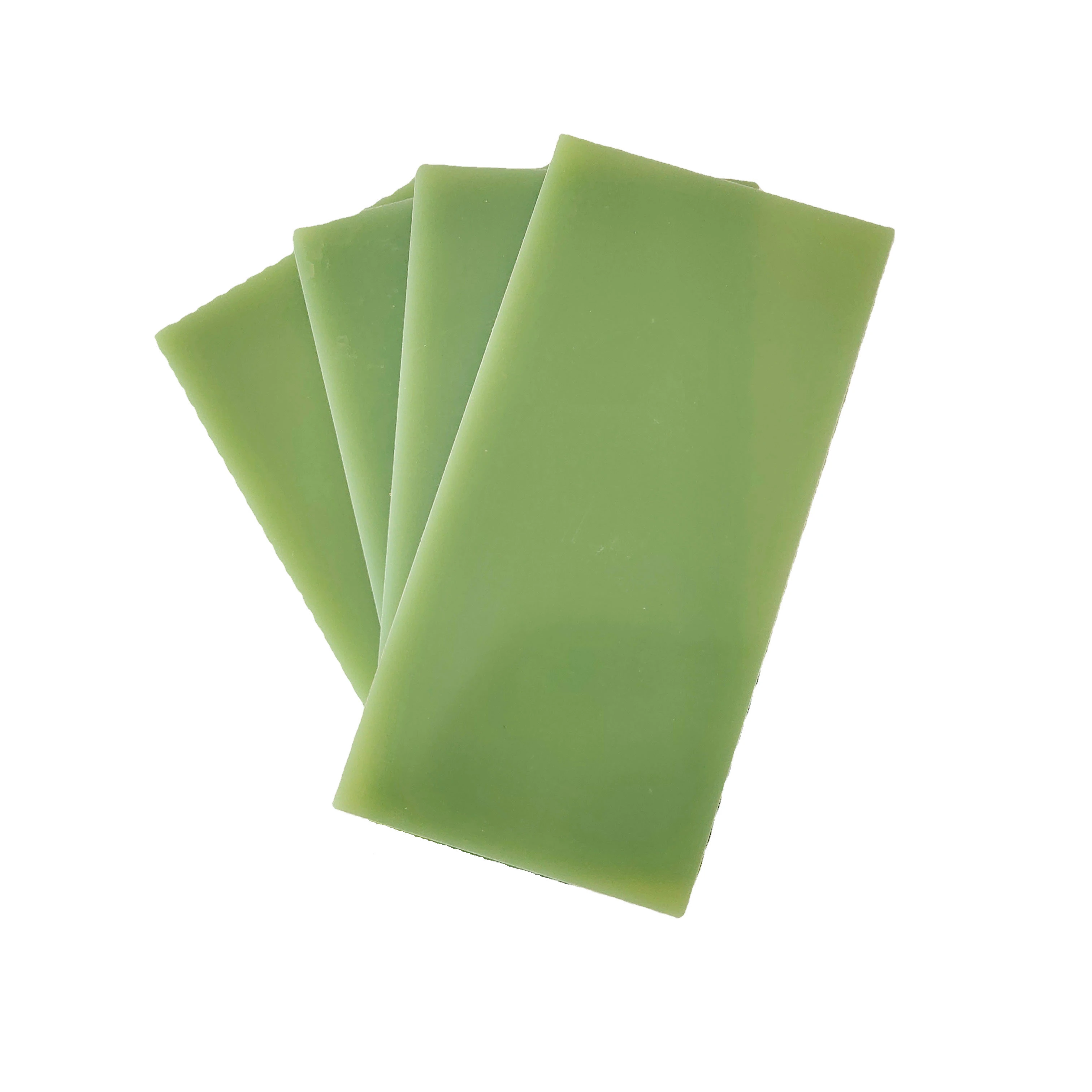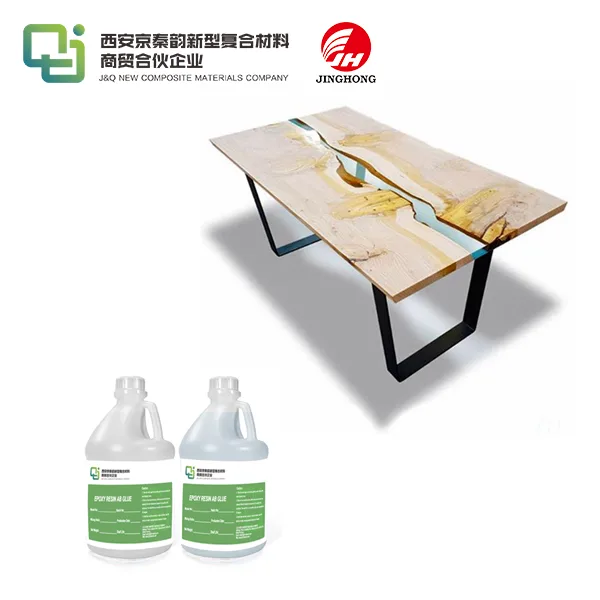What is the difference between FR4 and other types of epoxy sheets?
2024-10-15 17:16:04
In the world of insulating materials, epoxy sheets play a crucial role in various industries. Among these, FR4 epoxy resin sheets stand out due to their unique properties and applications. This article delves into the distinctions between FR4 and other types of epoxy sheets, providing valuable insights for manufacturers, engineers, and anyone involved in the selection of insulating materials.
Understanding FR4 Epoxy Resin Sheets
Composition and Manufacturing Process
FR4 epoxy resin sheets are composite materials consisting of woven fiberglass cloth impregnated with an epoxy resin binder. The manufacturing process involves layering multiple sheets of fiberglass fabric and saturating them with epoxy resin under heat and pressure. This results in a robust, flame-resistant material with excellent electrical insulation properties.
Key Properties of FR4
FR4 sheets boast several advantageous characteristics, including high dielectric strength, low moisture absorption, and excellent dimensional stability. These properties make FR4 an ideal choice for applications requiring reliable electrical insulation and mechanical strength.
Common Applications of FR4
The versatility of FR4 epoxy resin sheets allows for their use in various industries. They are commonly found in printed circuit boards (PCBs), electrical insulators, aerospace components, and high-performance mechanical parts. The material's ability to withstand harsh environments and maintain its properties under stress contributes to its widespread adoption.
Comparing FR4 with Other Epoxy Sheets
FR4 vs. G10 Epoxy Sheets
While both FR4 and G10 are epoxy-based laminates used in various applications, they differ significantly in composition and performance characteristics. G10 sheets usually contain a higher percentage of glass fibers, leading to enhanced mechanical strength and impact resistance, which is beneficial in demanding environments. Conversely, FR4 excels in flame resistance and electrical insulation properties, making it the preferred material for many electronic applications. This distinction is crucial for manufacturers when selecting the right laminate for their specific needs.
FR4 vs. FR5 Epoxy Sheets
FR5 is regarded as an advanced variant of FR4, engineered to meet the demands of more challenging environments. This laminate provides enhanced thermal resistance, allowing it to endure higher temperatures without compromising its structural integrity. While FR5 is ideal for applications where extreme heat is a concern, its cost is generally higher than that of FR4. As a result, FR4 epoxy resin sheet continues to be a popular choice for standard applications, balancing performance and affordability effectively for many manufacturers.
FR4 vs. CEM-1 and CEM-3 Sheets
Composite Epoxy Materials (CEM) sheets, including CEM-1 and CEM-3, serve as viable alternatives to FR4, each with unique performance traits. CEM-1 is made from woven glass fabric combined with paper, which makes it a more economical choice. However, this also means it has lower electrical and mechanical properties compared to FR4 epoxy resin sheet. In contrast, CEM-3 employs non-woven glass fabric, which enhances its performance characteristics, bringing them closer to those of FR4 while still being more budget-friendly. This makes CEM-3 an attractive option for various applications where cost and performance must be balanced.

Advantages of FR4 Over Other Epoxy Sheets
Superior Flame Resistance
One of the key advantages of FR4 epoxy resin sheets is their outstanding flame resistance. The designation "FR" in FR4 stands for "Flame Retardant," highlighting the material's capability to self-extinguish upon exposure to flames. This crucial property enhances safety in various applications, particularly in electrical and electronic devices where fire hazards can pose serious risks. By minimizing the potential for ignition and controlling the spread of flames, FR4 ensures greater protection for both users and equipment in demanding environments.
Excellent Electrical Properties
FR4 sheets are renowned for their excellent electrical insulation properties, featuring high dielectric strength and a low dielectric constant. These characteristics make FR4 epoxy resin sheet particularly suitable for printed circuit boards (PCBs) and various electronic components, where precise electrical performance is critical. The high dielectric strength ensures that FR4 can effectively withstand electrical stress without breaking down, while the low dielectric constant helps maintain signal integrity. This combination of properties enables reliable operation in demanding electronic applications, making FR4 a preferred choice among engineers and manufacturers.
Versatility and Machinability
The versatility of FR4 epoxy resin sheets sets them apart from many other epoxy-based materials. They can be easily machined, drilled, and cut to meet precise specifications while maintaining their structural integrity. This adaptability enables the creation of intricate shapes and designs, catering to diverse applications. Whether in electronics, aerospace, or automotive industries, FR4's ease of processing makes it a preferred choice for manufacturers and engineers. Its ability to be tailored for specific needs ensures that FR4 continues to play a crucial role in innovative design and engineering solutions.
Conclusion
In conclusion, FR4 epoxy resin sheets offer a unique combination of properties that set them apart from other types of epoxy sheets. Their superior flame resistance, excellent electrical properties, and versatility make them an indispensable material in many applications. While other epoxy sheets may excel in specific areas, FR4 remains a go-to choose for a wide range of industries due to its balanced performance characteristics and cost-effectiveness.
Contact Us
If you're looking for high-quality FR4 epoxy resin sheets or need expert advice on selecting the right insulating material for your application, don't hesitate to reach out to us. With over 20 years of experience in producing and selling insulating sheets, we're here to provide you with the perfect solution. Contact us today at info@jhd-material.com to learn more about our products and services.
References
1. Smith, J. (2020). "Comparative Analysis of Epoxy-Based Laminates in Electronics Manufacturing." Journal of Materials Science and Engineering, 45(3), 234-249.
2. Johnson, A., & Brown, L. (2019). "Flame Retardant Properties of FR4 and FR5 Epoxy Resins." Fire Safety Journal, 102, 56-71.
3. Lee, S., et al. (2021). "Mechanical and Thermal Properties of FR4 Composites for High-Performance PCBs." Composites Science and Technology, 201, 108529.
4. Wang, Y., & Zhang, X. (2018). "Dielectric Characteristics of FR4 and CEM-3 Laminates in High-Frequency Applications." IEEE Transactions on Dielectrics and Electrical Insulation, 25(4), 1340-1347.
5. Garcia, M., et al. (2022). "Advancements in Epoxy Resin Formulations for Next-Generation Insulating Materials." Progress in Polymer Science, 124, 101482.
6. Thompson, R. (2017). "The Evolution of FR4: From Traditional PCBs to Emerging Applications." Advanced Materials & Processes, 175(6), 22-28.





.webp)

